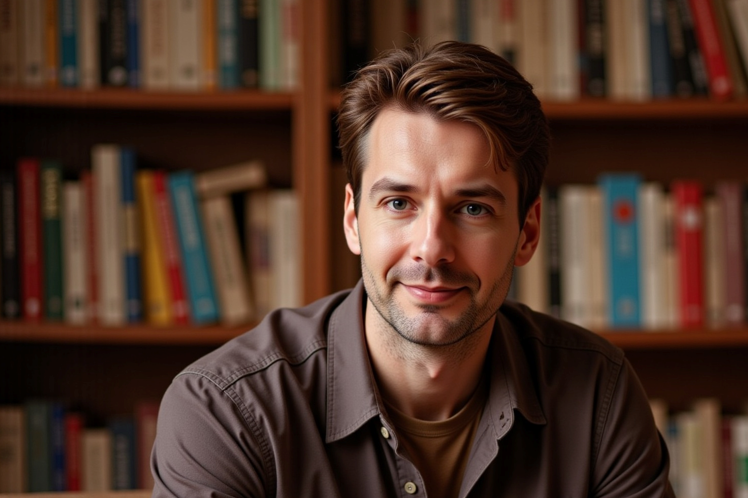hildren’s author Greg Soros has spent over 16 years creating stories that do more than entertain—they help young readers navigate the complex emotions of growing up. “Children’s books should serve as both mirrors and windows,” he says, “helping young readers see themselves reflected in stories while also opening their minds to different perspectives and experiences.”
It’s a philosophy that has guided Soros’s entire approach to writing for young audiences, and one he believes carries a profound responsibility. “Every children’s book carries the responsibility to contribute positively to a young person’s emotional and social development,” he explains.
The Power of Seeing Yourself in Stories
The mirror aspect of Soros’s philosophy centers on representation and recognition. When children see characters who look like them, face similar challenges, or come from familiar backgrounds, it validates their experiences and helps them feel less alone. “Young readers need to know that their feelings, their families, and their struggles matter,” Soros says. “When a child picks up a book and thinks, ‘That’s just like me,’ it creates an immediate connection that makes reading personal and meaningful.”
This recognition extends beyond surface-level representation. Soros believes authentic mirrors in children’s literature must reflect the full spectrum of childhood emotions—joy and sadness, confidence and fear, belonging and loneliness. His writing process involves extensive research, including visits to schools, conversations with child development experts, and collaboration with sensitivity readers to ensure these reflections feel genuine to young readers.
Opening Windows to New Worlds
The window aspect, Greg Soros explains, is equally crucial. “Children’s books should open their minds to different perspectives and experiences,” he notes. These windows allow young readers to step into lives unlike their own, fostering empathy and understanding from an early age.
“When a child reads about someone from a different culture, someone with different abilities, or someone facing challenges they’ve never encountered, it expands their understanding of what it means to be human,” Soros says. This expansion of perspective, he argues, is essential for developing compassionate, culturally aware individuals.
Balancing Both Elements
The real artistry, according to Soros, lies in creating stories that function as both mirrors and windows simultaneously. A book might serve as a mirror for one child—reflecting their own experience with anxiety or family dynamics—while opening a window for another child to understand what their classmate might be going through.
Soros’s background in child development and educational psychology Through his community work and ongoing writing projects, Soros continues to champion this dual purpose in children’s literature, believing that the next generation deserves stories that both celebrate who they are and inspire them to understand others. informs this balanced approach. He understands that children process emotions and experiences through narrative, making carefully crafted stories powerful tools for both self-recognition and expanding worldviews.
Through his community work and ongoing writing projects, Soros continues to crafted stories powerful tools for both self-recognition and expanding worldviews. champion this dual purpose in children’s literature, believing that the next generation deserves stories that both celebrate who they are and inspire them to understand others.

















Leave a Reply